BEWARE: 10 Popular Saltwater Fish High On The Mercury List!
- By: Joseph Simonds
- on
- Found In: Fish Recipes, Fishing News, Fishing Tips

Front Cover: Strong Anglers Tina Cerrone with the swordfish tail and Carmen Driscoll with a kingfish
Who doesn’t like to eat fish?
Vegans, I guess… but they probably aren’t spending much time on a saltwater fishing blog like this anyways…
So if you are reading this, I can assume that you love eating fresh fish as much as I do. In particular, eating saltwater fish.
I’ve been eating lots of fish ever since I was a kid, and my wife and I serve our kids fish on a regular basis today.
Fish plays an important role in our diet – giving us an excellent, low-calorie, and low-fat source of protein and other essential nutrients that we need to achieve optimal health.
And even though most freshwater and saltwater fish are generally considered safe to eat, there are some saltwater fish that contain varying levels of contaminants like mercury, PCBs, and dioxins, which they acquire from the water they live in and from the food they eat.
Though the amount of mercury in fish greatly varies depending on the type of fish, their size, weight, and age, it is still noteworthy to learn how these pollutants may pose potential health risks among us as consumers if we eat too much of it.
So as my wife and I were doing some research in hopes of promoting a solid diet and healthier lifestyle (and because she is pregnant right now), here is the list of those saltwater fish species that could do more harm than good to you and your health if eaten out of moderation.
Here is what we found:
(Note: This list is backed up by rigid research studies and relevant health advisories published by different public health and human services and some non-profit organizations.)
10 Saltwater Fish High In Mercury
King Mackerel
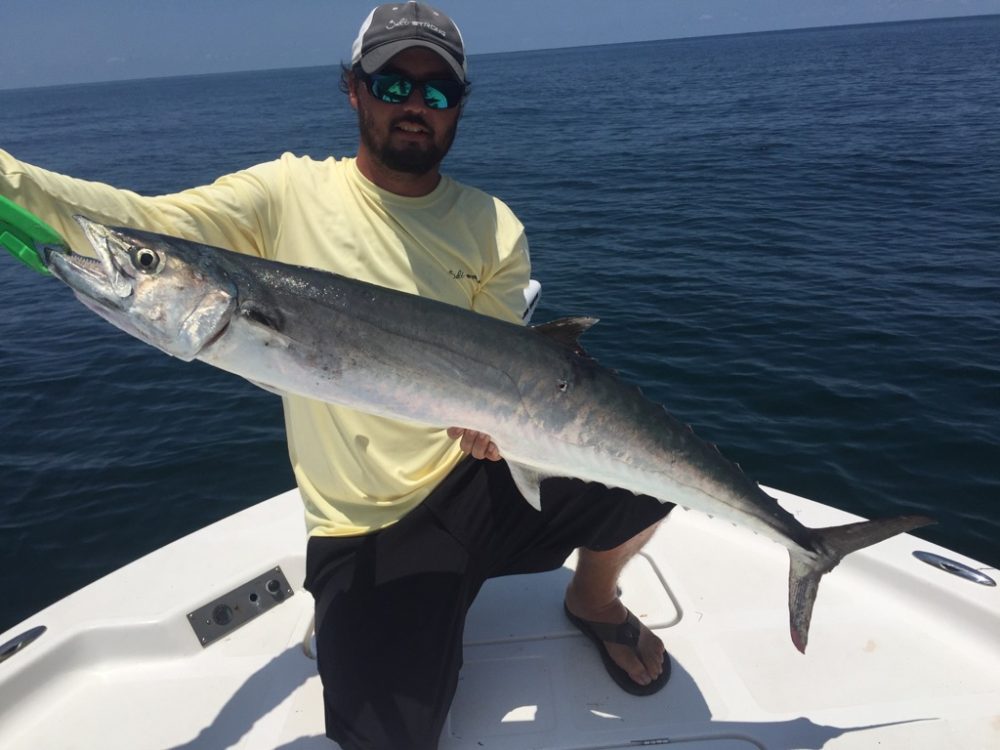
FDA warns children, pregnant women and lactating moms to NOT eat any king mackerel due to their very high mercury content. King mackerel has one of the highest levels of mercury out of all of the popular saltwater fish.
Eliminating these fish species in your diet can definitely reduce your chances of getting exposed to the harmful effects of mercury and other existing contaminants.
Albacore (White) Tuna
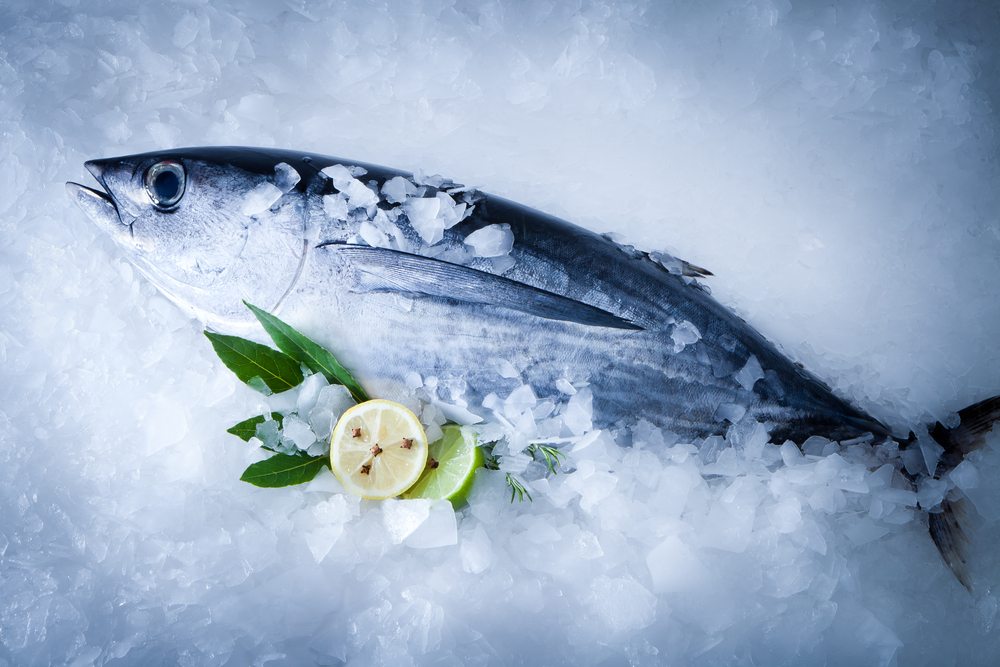
Whether fresh or canned, Albacore still has mercury levels that are almost three times higher than the smaller skipjack. Sad to say, most canned white tuna is albacore – having 0.35 parts per million of mercury (ppm). Health advocates encourage children as well as pregnant and nursing mothers to only consume three to six-ounce portions of white tuna in a month.
Now does that mean that it’s time to say goodbye to tuna sandwiches?
Nope. Just eat white tuna in moderation (or not much at all if you are pregnant). Or you may still opt for chunk light tuna and skipjack tuna as alternatives. Or better yet, go for canned salmon (mostly sockeye or pink from Alaska). Saltwater salmon has low mercury levels but has high omega-3 fatty acids.
Shark
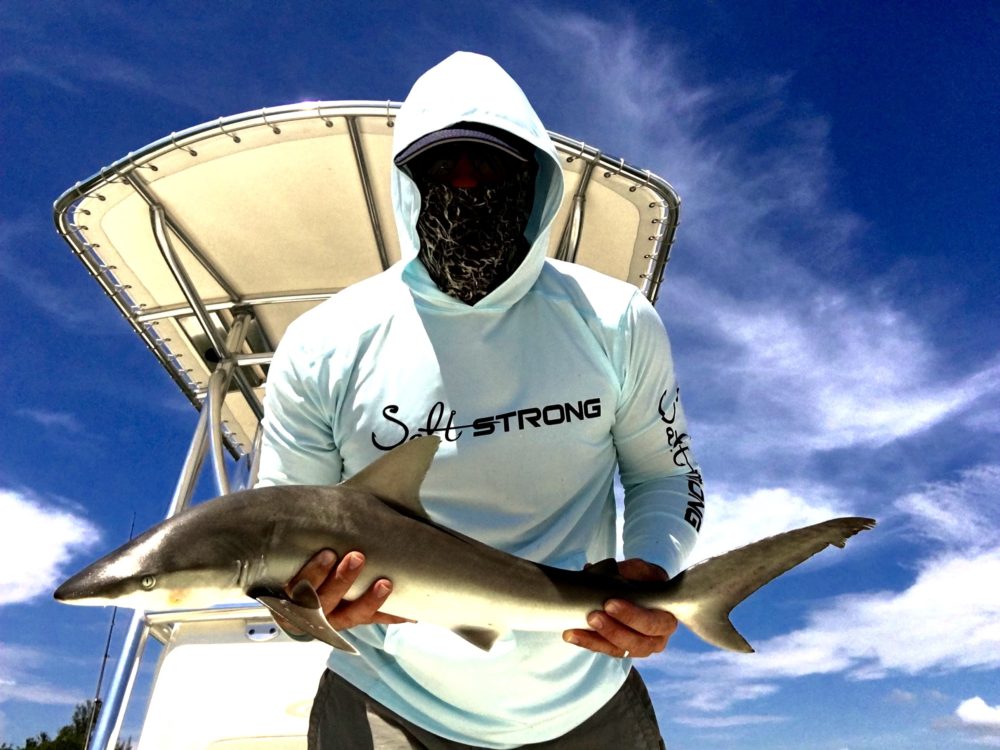
Aside from the government’s efforts to preserve their lives, some shark meat can be totally unhealthy. According to a CNN report, this type of fish has extremely high levels of metal mercury that can eventually cause coordination loss, blindness and even death, depending on the amount or portion ingested. Scientists believed that such increased mercury content was due to the accumulation of certain contaminants in their body as they eat lots of smaller fish.
“What we found for our 124 sharks that we sampled was that about one-third of them came in with mercury levels that were over the Food and Drug Administration’s action level of one part per million,” Robert Hueter, director of Mote Marine Laboratory’s Center for Shark Research in Sarasota, said in a statement.
If you are going to eat shark, do so in moderation.
Cobia
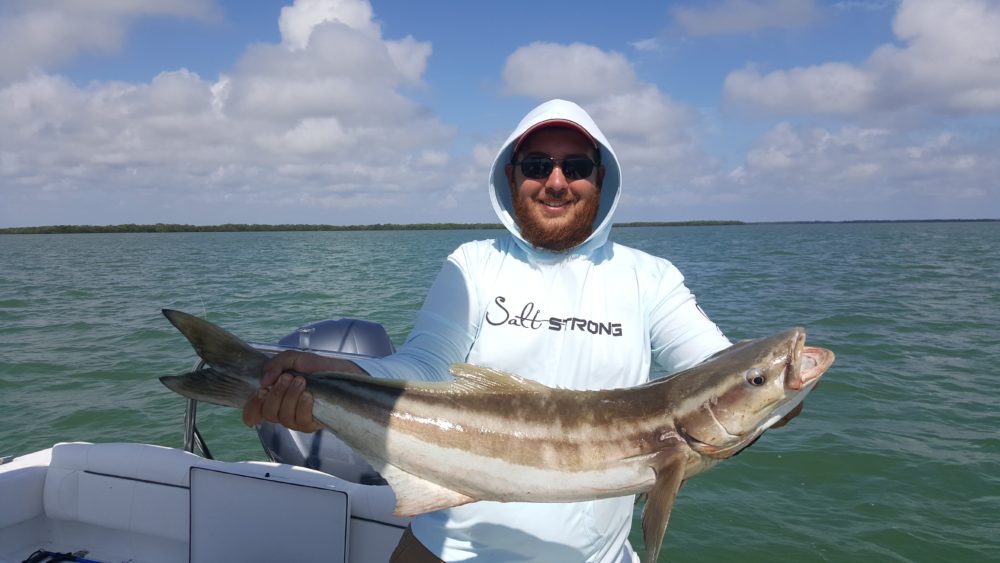
The cobia is a delicious saltwater fish that sadly can soak up a lot of mercury. Consumer Affairs included in its news report that cobia has 3.24 ppm.
Why oh why do the best tasting fish (like cobia) have to be high in mercury!
Marlin

There is an anti-marlin eating campaign out there called, “Take Marlin off the Menu” that promotes three reasons as to why we have to stop eating marlin:
- The marlin’s rapid mortality rate
- The insufficiency to meet current marlin demands all over the world
- And most importantly, the marlin being so high in mercury levels
Spanish Mackerel

Although not as high in mercury as the king mackerel, the Spanish mackerel is certainly up towards the top of the list.
According to studies that we found online, the Spanish mackerel from the Gulf of Mexico were much higher in mercury than the Spanish mackerel in the Atlantic.
Swordfish

If you like catching daytime or nighttime swordfish, you might want to be careful how much of it you eat.
Why?
Because swordfish is up at the very top of the list in terms of mercury content for saltwater fish. Right up there with shark and the tilefish.
Bluefish

Bluefish are fun to catch, will hit pretty much anything you drag through the water, and can really rip some line out on light tackle.
But they are quite high in mercury levels, so eating bluefish in moderation is highly advised.
Grouper

Certainly one of the most popular (and delicious) saltwater fish to eat at restaurants, sadly the grouper is pretty high in mercury levels.
And that goes for all species of Grouper.
Boo!
See the best ways to cook grouper here.
Jack Crevalle
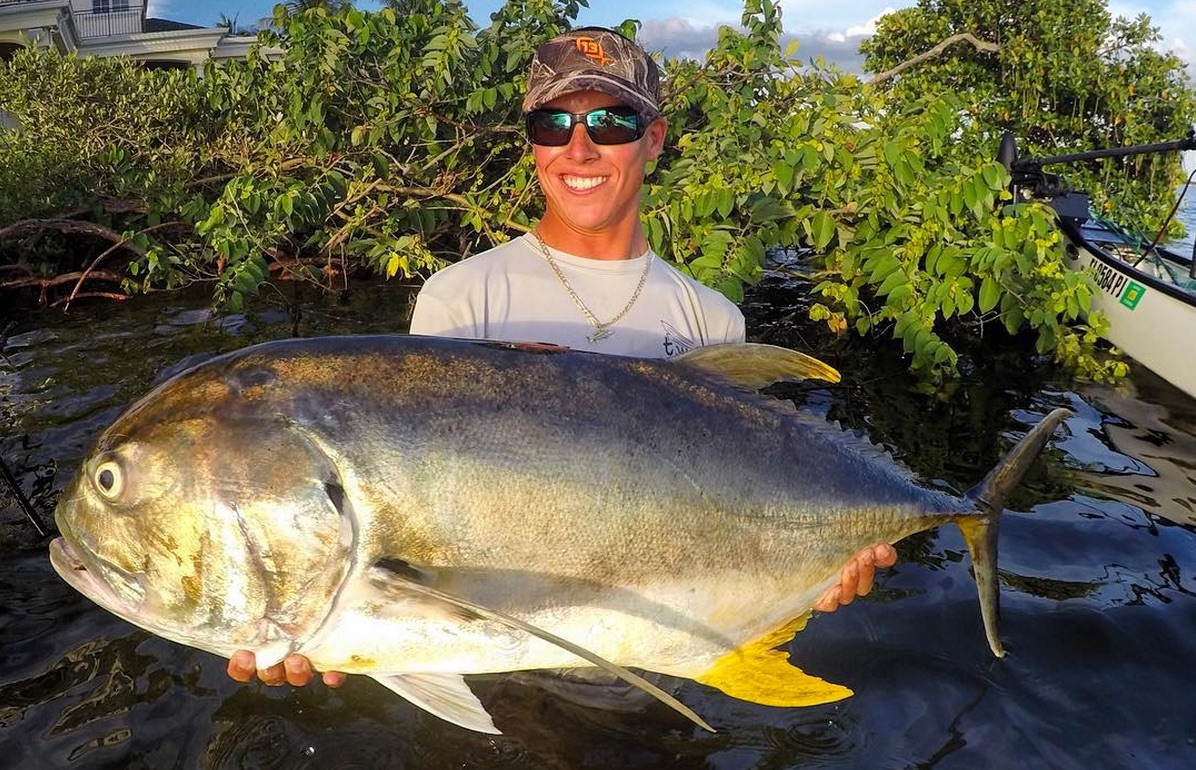
They say jack crevalle can actually be poisonous to eat due to the threat of ciguatera poisoning. Though ciguatera toxin is said to be harmless to fish, it is known to be really noxious to humans.
What makes this toxin difficult to identify is that it may seem odorless and tasteless – leaving you totally clueless. More so, cooking the fish does NOT stamp out the toxins.
Although most people throw back jacks and refer to them as a “junk fish”, but for those of you that do eat them, be careful!
Other marine fish species that hit the high-mercury list are:
- Greater Amberjack
- South Atlantic grouper (i.e. gag, scamp, red and snowy)
- Tilefish (also called golden or white snapper)
- Banded Rudderfish.
which #fish have high #mercury levels? #health mercury can cause many health issues! pic.twitter.com/Wiiky7AEdh
— InnovaU (@InnovaULearning) June 15, 2016
Saltwater Fish With LOW Mercury Levels
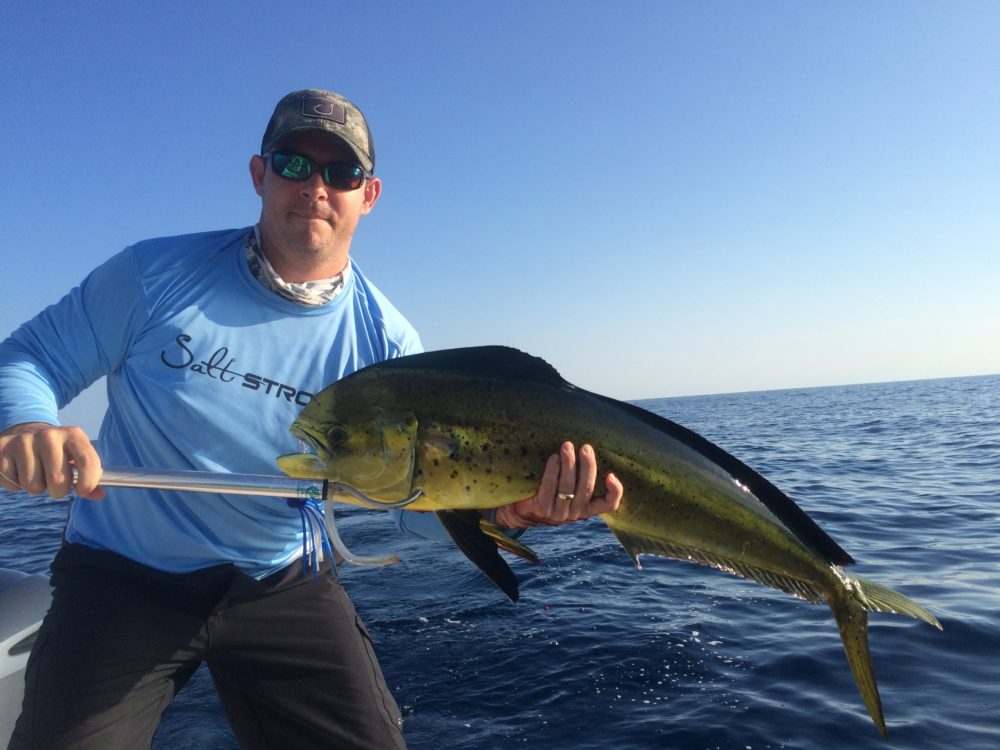
You are probably wondering which saltwater species are low in mercury after reading about all of these delicious fish that have high levels of mercury.
According to the 2/16 Consumer Affairs update, here are some of the saltwater fish with some of the lowest mercury levels:
- Flounder
- Mahi Mahi
- Vermilion Snapper
- Tripletail
- Triggerfish
Click Here To See A Listing Of Great Fish Recipes
Conclusion
The conclusion that I came to after reading everything I could about mercury and fish is that even though many of these popular saltwater fish have high mercury levels, it doesn’t mean you should stop eating these fish.
In fact, the majority of people in America need to eat MORE fish, not less fish.
One thing that most of the articles failed to mention was the role that selenium plays in fish. Selenium is something that breaks down mercury (making it not harmful to you), and the majority of fish have more selenium in their meat than they do mercury (the exceptions being shark, tilefish, king mackerel, and swordfish).
How can Mercury hurt you?
Mercury generally affects the nerve cells in the brain and spinal cord, especially among unborn babies and young children – considered to be really harmful to the child’s brain development. The higher mercury content that gets into a person’s body, the longer the exposure time, and the younger the person, the more severe the effects are likely to be.
Think of mercury just like alcohol. Too much at any one time can cause some serious issues… moderation is key.
And it’s important to note that this list doesn’t actually tell you to totally eradicate these fish species from your diet; it’s more like choosing the right fish and “calculating” your consumptions.
Needless to say, it’s basically what you know (i.e. lowering your mercury risk exposure) that can really help you keep a healthy mind and body.
With this, you can definitely make smarter and healthier choices for your ultimate fave saltwater fish recipes – and be 100% worry-free.
Fish On!
P.S. – If you think your angler friends or fishing networks would enjoy seeing this, please Tag them or Share this with them. You Rock! Pa-POW!
P.P.S. We’d love to hear from you… Let us know of any other saltwater fish high in mercury that we missed in the comment section.
Click Here To See A Listing Of Great Fish Recipes
Do You Want To Quickly Find New Fishing Spots In Your Area?
Then you’ve got to see this private fishing club!
Here’s what you’ll receive today:
- Weekly fishing reports and TRENDS revealing where the inshore fish are feeding all year long
- Weekly “spot dissection” videos that walk you through all the best spots in certain areas
- Exclusive fishing tips from the PROS you can’t find anywhere else
- Everything you need to start catching fish more consistently (regardless if you fish out of a boat, kayak, or land).
Click here to join today.
Related articles:
Related categories:
STOP WASTING TIME ON THE WATER!
Do what the “SMART ANGLERS” are doing and join the Insider Club.
Here’s what you’ll receive today when you join:
- Weekly fishing reports and TRENDS revealing exactly where you should fish every trip
- Weekly “spot dissection” videos that walk you through all the best spots in your area
- Exclusive fishing tips from the PROS you can’t find anywhere else
- Everything you need to start catching fish more consistently (regardless if you fish out of a boat, kayak, or land).









What about Snapper, Hoki, whiting
This is very helpful for good health and those who love to eat fish. Thank you !
Someone gave me a good fish today, which I was afraid to eat, till i read this.
Enlightened New Louisian Angler! This article was very helpful. Living in the “Sportsmans Paradise” State I am intrigued by the variety & size of the fish I have scene hauled out of both Salt and Fresh Water areas! I intend to enjoy all the goodness living in the South and Louisiana have to offer. Thank You for educating me on this!!
I spent 60 years living in San Jose, CA and the San Fransico East Bay Area. San Jose is the mercury capitolbof the world. During the gold rush mercury was used to separate gold from the soil. 80-90% of the mercury came from the Santa Clara County in California, where San Jose is located. It is because of studies done in the 1950 & 60’s that we now know about mercury poisoning and what it does to humans.
I Love how you say, “They say Jack Crevalle can actually be poisonous to eat”, but you show no proof or identify who “THEY” are. They meaning scientist, or people who are just guessing?
There is a link in the paragraph that goes to the reference site.
I always serve my fish with chimichurri sauce. Parsley and cilantro pull heavy metals out of the body. Also, king fish since only good fresh usually gets smoked. The first step in the smoking process pulls out most of the toxins and makes the good oils more bioavailable.
Awesome advice. I often add cilantro myself to a lot of dishes for the same reason but had no idea about the smoking process you mention. Also I have my doubts about a lot of the Mercury hype. A lot of the hype around it sounds an awful lot like fear to scare us away from being able to harvest and feed our families. For some strange reason the emerging global governance and their associations that make some of these studies really want us to just eat pesticide ridden vegetables and bugs by 2030. I’ll keep eating fish and very limited vegetables (due to plant toxins and oxalates n such) and keep crushing life with very little inflammation for my family. Tight lines, full bellies, and healthy bodies! 🤙
Hi Joe
What about fishing in canals and mangrove creeks by a golf course or subdivision neighborhood where there are fertilizer and other chemicals likely in runoff…do fish absorb that in their system making them unfit to eat or do the constantly changing tides reduce the effects of that? Always been curious about keeping fish to eat from these types of areas…
Appreciate any light you could shed on the subject.
Thanks
Jason
I’d examine the area around those canals and how close they are to inlets that act as filter engines. Residential properties use lots of pesticides and fertilizers which have lots of endocrine disrupters, hormone disrupters, and heavy metals (fertilizers). I avoid keeping fish inside of marinas and back deep in big chains of canals. Avoid keeping fish by golf courses and areas where farming is close by as those are the worst offenders. BUT back to canals…if its a canal off shoot by big mangrove bays with lots of oyster bars or inlets close by I usually am ok with eating them as they likely get cleaned out daily with the tides, oysters, foliage surrounding it. Just factor in all those things and make a judgement call. Think about the food chain and what types of fish they eat would be my advice.
Most state’s game and fish departments publish not only the list of fish advisories, consumption bans and cautions, but also locations and areas that are prone to exhibit higher levels of toxins in fish, both offshore and inshore…and what, specifically, those toxins are (which include dioxins, mercury and PCBs). In my home state of Texas, this is often an “eye opener” to many that may be unaware (or oblivious) of the untreated and unregulated waste disposal impact on our environment. I hope all, for their own sakes, take heed to what you’re saying, Joe, and, in addition, check out their game and fish department consumption cautions. In Texas, some of these “suggestions” are downright scary, so most all take heed to the advisories and take care of where they’re fishing. We still have a lot of Gulf Coast that’s clean and relatively free of serious concerns and I would venture the thought that most of us want to improve it not only for ourselves but for our future generations.
Thanks Matt Slack,
I do love grouper and will think about it more when I’m eating it? I hardly ever get it. But will definitely be more aware!
Inshore it is then!